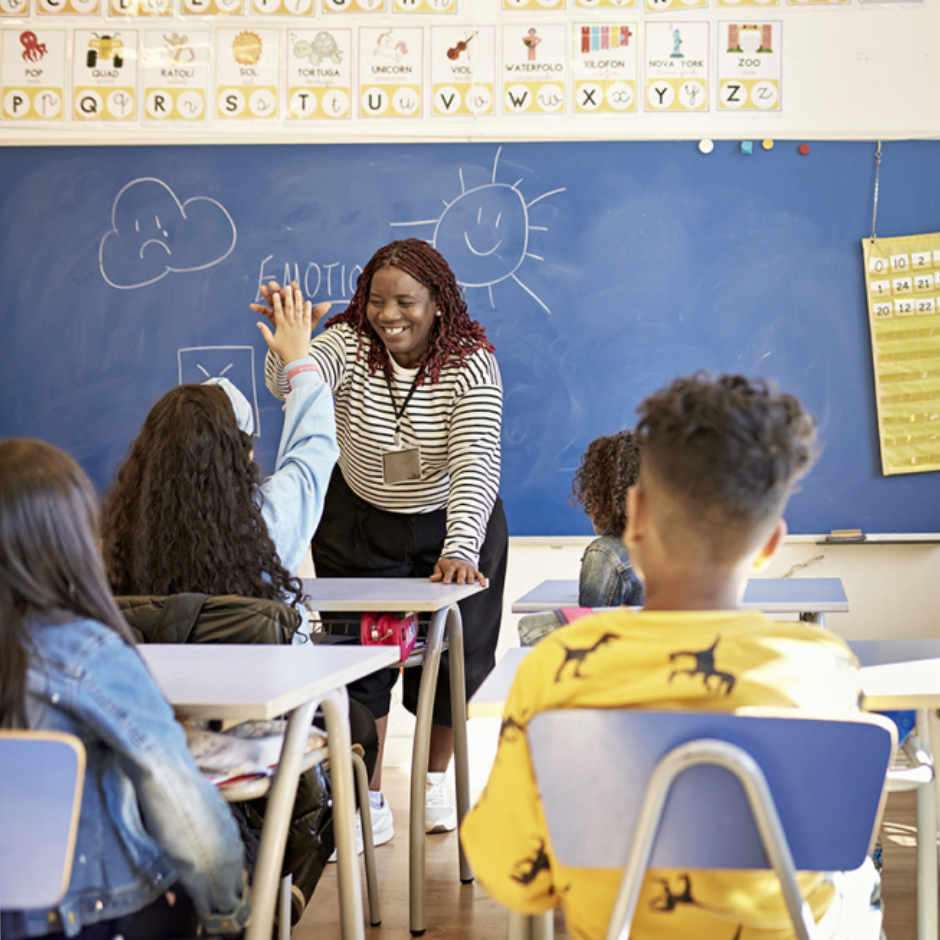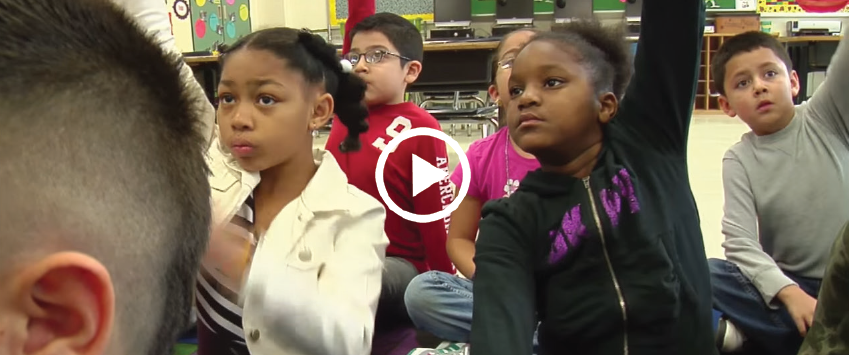Students With ASD
Inclusive Strategies to Teach Students With Autism
By Jahana Martin, SREB
 Many schools and districts have
programs that serve students with special needs. These students
benefit from the specialized instruction they receive from
educators skilled in special education. But when students
transition to general education classes, teachers may experience
challenges delivering inclusive instruction to all students.
Many schools and districts have
programs that serve students with special needs. These students
benefit from the specialized instruction they receive from
educators skilled in special education. But when students
transition to general education classes, teachers may experience
challenges delivering inclusive instruction to all students.
Many general education teachers do not feel prepared to teach students with developmental disabilities such as autism spectrum disorder because they lack the resources, strategies and support needed to deliver equitable teaching. ASD can cause significant social, communication and behavioral challenges.
According to the CDC, about one in 44 children have been identified with autism spectrum disorder. Typically, they develop at different rates than normal childhood progression, and this impacts their success and ability to function in the classroom. Some characteristics of autism that may impact student success include delayed language skills, delayed cognitive or learning skills, hyperactive, impulsive and inattentive behaviors, increased anxiety and challenges with social communication and interactions.
 Kelly Cassella and Samantha Vasy,
educators who specialize in special education, explore three
areas to help transition students with ASD into a general
education setting – teacher preparation, classroom environment
and curriculum.
Kelly Cassella and Samantha Vasy,
educators who specialize in special education, explore three
areas to help transition students with ASD into a general
education setting – teacher preparation, classroom environment
and curriculum.
Teacher Preparation
Some students transition from full-time autistic support to no autistic support when they enter a general education classroom because most general education teachers are not trained to address their needs. “When teachers feel a lack of confidence to properly educate students with ASD, it could severely impact how they deliver academic instruction and overall classroom success,” says Cassella, special education director and head of school at New Story School in Pittsburgh, Pennsylvania.
Educators can facilitate a student’s transition to a general education classroom by reviewing student data and asking questions. Teachers may prepare for and learn about their students by assessing data such as previous grades, behavior reports, progress in an individualized education program, formal and informal assessments, teacher observations and family reports, explains Vasy, a districtwide special education coordinator at Propel Schools in Pittsburgh.
They can probe further to find out how a student interacts with others, how often the student participates in class, what type of accommodations/modifications the student will need to be successful and how much special education support the student will require in the general education setting.
 Next, teachers can
collaborate with others who may or may not be on
the student’s IEP team including parents, general education
teachers, special education teachers, administrators, counselors
or school psychologists to create an appropriate transition plan.
Last, commit to never stop learning. Educators
can attend relevant conferences, conduct research and participate
in professional learning communities and professional
development.
Next, teachers can
collaborate with others who may or may not be on
the student’s IEP team including parents, general education
teachers, special education teachers, administrators, counselors
or school psychologists to create an appropriate transition plan.
Last, commit to never stop learning. Educators
can attend relevant conferences, conduct research and participate
in professional learning communities and professional
development.
Classroom Environment
Children with autism benefit from predictability and structure. Teachers can achieve this by implementing a classroom management plan that promotes a safe and inclusive setting. The plan should include classroom rules, routines and procedures, and a classroom contingency plan because students need clear, simple rules and expectations that are consistently and fairly applied, Vasy says.
“Students need a template or a model. If they’re missing executive functioning skills (brain functions that account for short- and long-term consequences of actions), they need a template that tells them what information they need,” Cassella explains. “Peer modeling, routines and procedures need to be taught and practiced every day.”
Vasy agrees. Research indicates well-structured environments help decrease disruptive behavior, anxiety and confusion for students with autism, therefore increasing their academic performance, she adds.
Curriculum
The curriculum should be inclusive. “Intentionally create lessons where you have collaboration,” Vasy offers. Teachers can implement cooperative learning groups that encourage students to work together on a structured activity. Small group instruction allows flexible and differentiated learning as well as opportunities for social interactions. Peer teaching supports students as they work together to solve problems.
Contacts: Kelly A. Cassella, Kelly.Cassella@newstoryschools.com and Samantha Vasy, samanthavasy@propelschools.org
This article was featured in the December 2022 issue of SREB School Improvement’s Promising Practices Newsletter.


